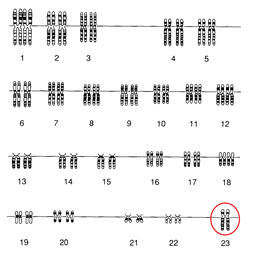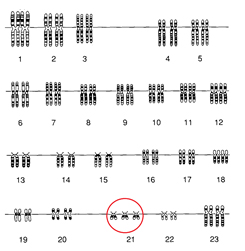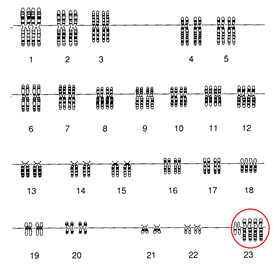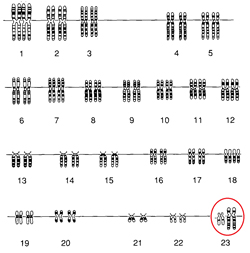Problems in the number of chromosomes (called chromosomal abnormalities) can be detected in an organism by studying karyotypes. The most common chromosomal abnormalities are caused when the chromosomes do not separate properly during meiosis (cell division). A monosomy is when only one homologous chromosome is present in the organism. If there is a nondisjunction at chromosome 23, the result could be monosomy 23 with XO also called Turner’s Syndrome.

Image Adapted From: Turners Syndrome, Biology Corner



